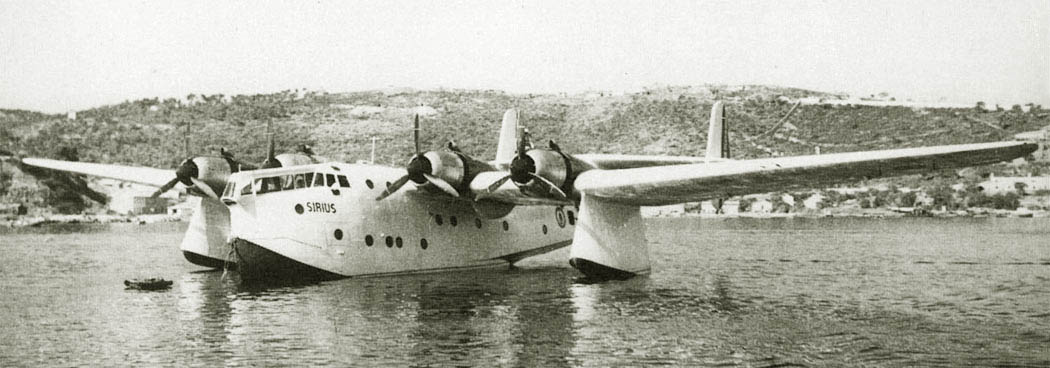
Aviation of World War II


 |
Aviation of World War II |


|
|
Soviet Union | Lend - Lease | Facts | Forum | Germany | Japan | R A F | U S A A F | Other | Photos |
|
|
Breguet Br.730Reconnaissance Flying BoatBreguet
Prototype Br.730-01 took off for the first time at Le Havre on April 4, 1938. A little more than three months later, the flying boat collapsed when the pilot casually landed it in a large wave. At the plant of the company "Latecoer", at that time associated with "Breguet", just started the manufacture of the fuselage of the first production vehicle. The boat differed from the prototype only in small details. By the time of the surrender on June 25, 1940, when production stopped, four fuselages were almost complete. In 41, work resumed again, already by order of the Vichy government. The following year, the boat of the first production vehicle and the surviving wing of the prototype were transported to the Burr naval airbase, where the Br.730 No. 1. Equipped with four Gnome-Ron 14 N44 / 45 1120 hp engines. c, the flying boat was ready to fly when German forces occupied territory previously under the Vichy government. The tests did not take place. |
|
|
Eleven boats were at various stages of assembly when, on April 6, 1944, an Allied air raid caused great damage to the enterprise. Only three survived. In the last days of August, retreating German forces destroyed the air base in Berr, but the Br.730 No.1 received only minor damage. In December, its flight tests began on Lake Berr. Official acceptance tests were completed in mid-February 1945 Br.730 No. 1, christened Vega, was transferred to the 9FTr flotilla. One of the three surviving fuselages was transported to Biscarossa for rework in Br.730 No.2. This aircraft made its maiden flight in May 1946. On the two remaining boats, the bow section, underwing floats were altered and Gnome-Ron 14R200 / 201 engines of 1350 hp were installed. from. This modification was designated Br.731. Both vehicles of this type entered Squadron 33S under the names Altair and Bellatrix. Subsequently, they were scrapped, as well as the Br.730 No.2 Sirius, but the Vega crashed in December 1948 in North Africa, where it was used as a long-range transport aircraft.
Bibliography
|
||||||||||||||||||||||||||||||||||||||